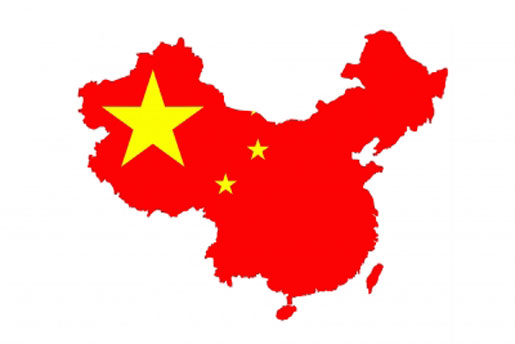What to Know about China's Fast Track Approval Process
Even if you're at a non-Chinese company, you can still take advantage of the China Food and Drug Administration's fast track approval process for innovative medical devices. An expert dispels common misconceptions about the process.
October 20, 2015

Even if you're at a non-Chinese company, you can still take advantage of the China Food and Drug Administration's fast track approval process for innovative medical devices. An expert dispels common misconceptions about the process.
Marie Thibault
Much like its U.S. counterpart, China's medical device regulator, the China Food and Drug Administration (CFDA), offers ways to speed up the medical device regulatory approval process. In February 2014, CFDA published a notice on its new fast track approval process for innovative devices, setting out the details of the new expedited path.
Katherine Wang, partner at Ropes & Gray, pointed out during an October 20 webinar that the fast track approval "has become more and more relevant for foreign manufacturers” and participating can save companies a significant amount of time. The webinar, "China's Medical Device Market: New Policies, Higher Stakes," was hosted by the Massachusetts Medical Device Industry Council (MassMEDIC) and focused on recent regulatory changes in China.
But despite the potential benefits, most device companies have not considered taking part in the fast track process. Why? There are a few potential reasons. Wang and Florian Then, partner at McKinsey & Company, wrote in a white paper accompanying the webinar that in a 2014 McKinsey & Company survey of multinational medical device company CEOs in China, "only a minority said they considered taking advantage of the fast-track protocol. Some cited intellectual property risks and unproven savings in launch time as deterrents."
Another potential reason might be a perceived bias toward Chinese device companies versus foreign companies. As noted in a Ropes & Gray alert published last year when the fast track approval process was announced, a draft version of the initiative only allowed Chinese companies to take part: "Unlike the draft notice issued in March 2013 which acknowledged only domestic medical device companies as qualified applicants, the official notice allows both domestic and foreign medical device manufacturers to benefit from the fast track approval process."
Wang explained during the webinar that foreign manufacturers lobbied against the initial draft, arguing that only allowing domestic companies to qualify would be discriminatory. Even though CFDA revised the effective notice to make it more inclusive, many non-Chinese firms still believe that in practice, the pathway is really only intended for local companies. This may be the wrong opinion, Wang said, since innovative devices from foreign companies have been designated eligible for fast-track approvals. Accordng to the white paper by Wang and Then, two of 34 products designate for the fast track were imported.
In her presentation, Wang noted several important requirements for qualification:
"granted or published Chinese invention patent on the core technology"
"working mechanism was first seen in China"
"performance or safety improved significantly compared to similar products"
"technology is the state of the art worldwide and has apparent value in clinical applications"
"manufacturer has completed early stage R&D and the product's basic design"
"R&D activities are authentic and performed with control"
"R&D data is complete and traceable"
Wang said the requirement that the product's core technology be covered by a published or granted Chinese invention patent is an especially important one, but may be a sticking point for foreign device manufacturers. By filing a patent in China, some non-Chinese firms may worry they risk compromising trade secrets, she said, but pointed out that this concern may be unfounded because patents can also be accessed using other countries' systems, including the U.S. Patent and Trademark Office. "Personally, I don't see an increased risk from patenting in China," Wang said.
As for the concern that the shorter time to approval of the fast track process is not proven, Wang said that for high-risk implants, the time-saving impact "could be substantial," as much as two to eight months for high-risk implants. In their white paper, Wang and Then point out that "one domestic corneal implant was approved within 80 working days of submission, much faster than the typical timeline for an implant of six to nine months."
Marie Thibault is the associate editor at MD+DI. Reach her at [email protected] and on Twitter @medtechmarie.
Want to catch up on the latest in medical device innovation? Register for the MD&M Minneapolis conference, November 4–5, 2015. |
[Image courtesy of OHMEGA1982/FREEDIGITALPHOTOS.NET]
About the Author(s)
You May Also Like


